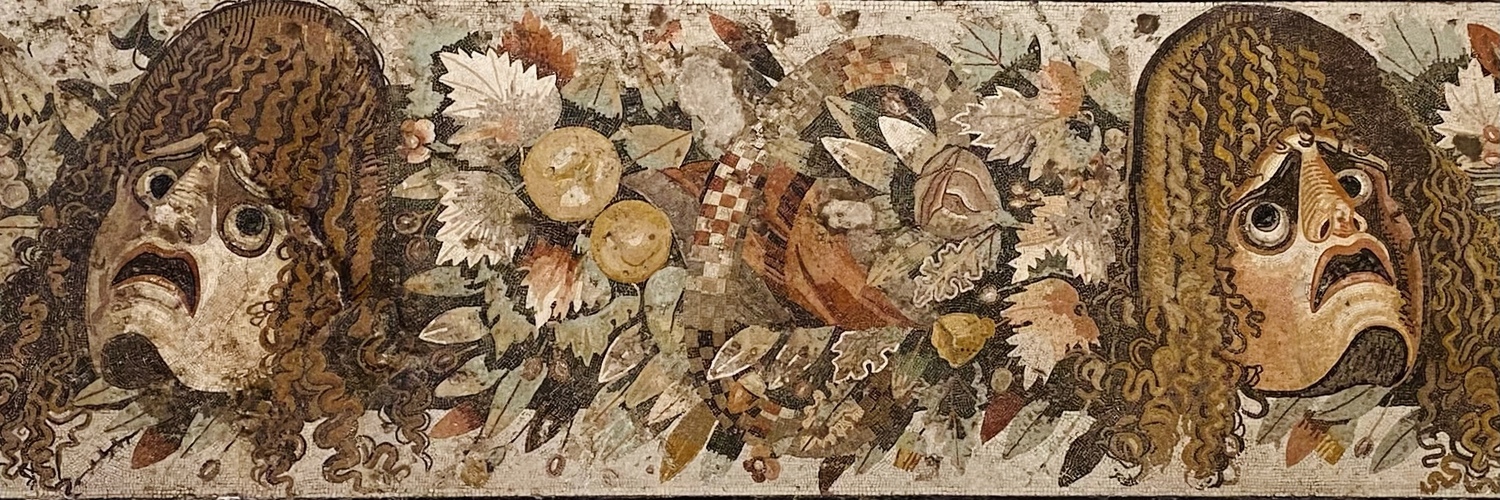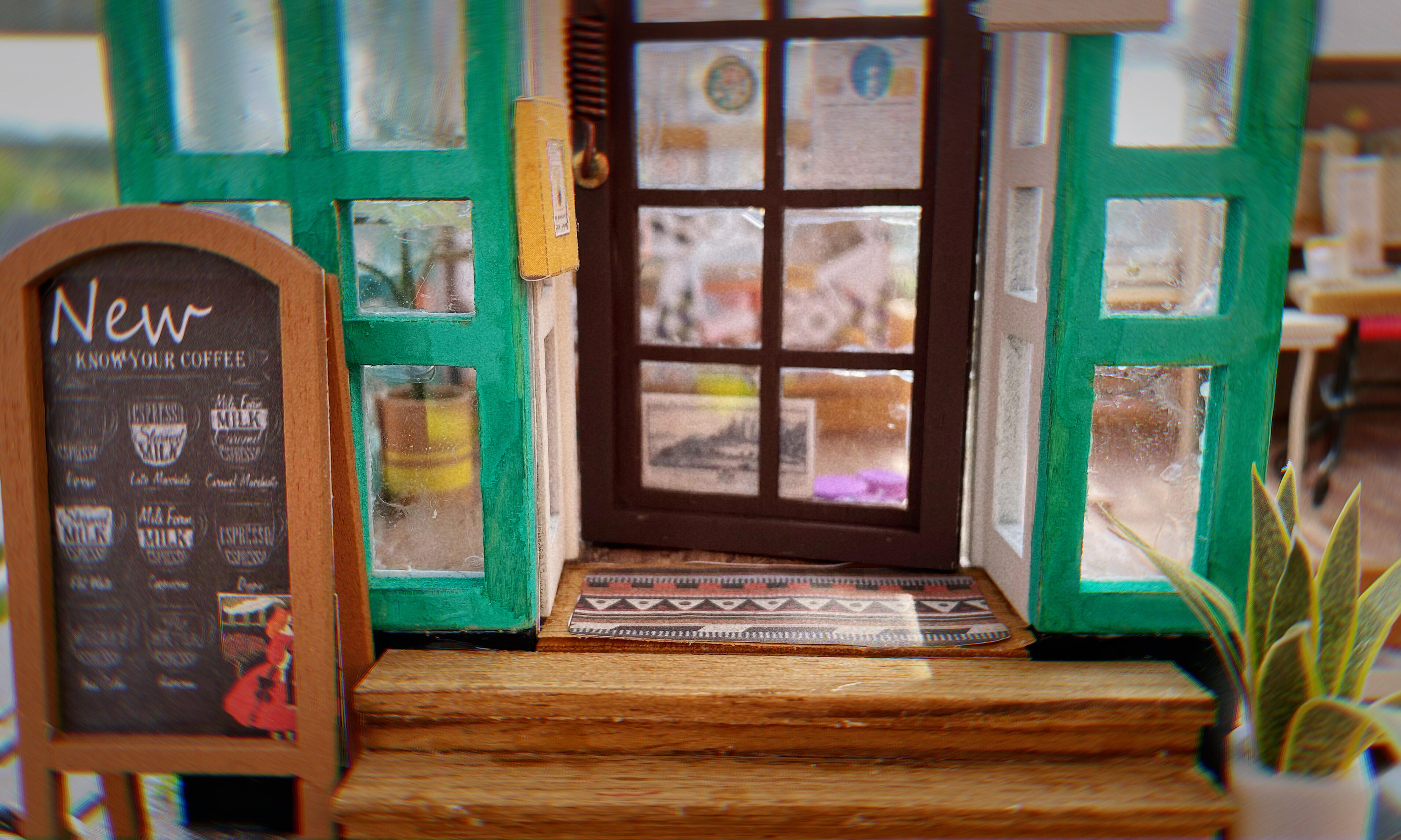
When you look at a rainbow, you see discrete stripes of color, roughly like the drawing on the left side of figure 5-1. But in nature, a rainbow has no stripes—it’s a continuous spectrum of light, with wavelengths that range from approximately 400 to 750 nanometers. This spectrum has no borders or bands of any kind.
Why do you and I see stripes? Because we have mental concepts for colors like “Red,”“Orange,” and “Yellow.” Your brain automatically uses these concepts to group together the wavelengths in certain ranges of the spectrum, categorizing them as the same color. Your brain downplays the variations within each color category and magnifies the differences between the categories, causing you to perceive bands of color.If you visit the Russian Google (images.google.ru) and search for the Russian word for rainbow, радуга, you’ll see that Russian drawings contain seven colors, not six: the Western blue stripe has been subdivided into light blue and dark blue, as in figure 7-2.
These pictures demonstrate that concepts of color are influenced by culture. In Russian culture, the colors синий (blue) and Голубой (sky blue to a Westerner) are different categories, as distinct as blue and green are to an American. This distinction is not due to inborn, structural differences in the visual system of Russians versus Americans, but to culture-specific, learned concepts of color. People raised in Russia are simply taught that light and dark blue are distinct colors with different names. These color concepts become wired into their brains, and so they perceive seven stripes.
#HowEmotionsAreMade
所以不同文化的人并不是用不同的词来“描述”同一种颜色,而是他们就能“看”到不同的颜色 ![]()
以及才发现🌈和🏳️🌈只有六种颜色,中文里的彩虹和俄语一样也是七色的。
“People who use their willpower seem to run out of it. Smokers who go without a cigarette for twenty-four hours are more likely to binge on ice cream. Drinkers who resist their favorite cocktail become physically weaker on a test of endurance. Perhaps most disturbingly, people who are on a diet are more likely to cheat on their spouse.
[...]
For the last fifteen years, he has been asking people to exert their willpower in the laboratory—turning down cookies, tuning out distractions, holding back their anger, and holding their arms in ice water. In study after study, no matter what task he used, people’s self-control deteriorated over time. A concentration task didn’t just lead to worse attention over time; it depleted physical strength. Controlling emotions didn’t just lead to emotional outbursts; it made people more willing to spend money on something they didn’t need. Resisting tempting sweets didn’t just trigger cravings for chocolate; it prompted procrastination.
[...]
Self-control is an energy-expensive task for the brain [...] Low blood sugar levels turn out to predict a wide range of willpower failures, from giving up on a difficult test to lashing out at others when you’re angry. Gailliot, now a professor at Zirve University in Turkey, has found that people with low blood sugar are also more likely to rely on stereotypes and less likely to donate money to charity or help a stranger. It is as if running low on energy biases us to be the worst versions of ourselves. In contrast, giving participants a sugar boost turns them back into the best versions of themselves: more persistent and less impulsive; more thoughtful and less selfish.”
